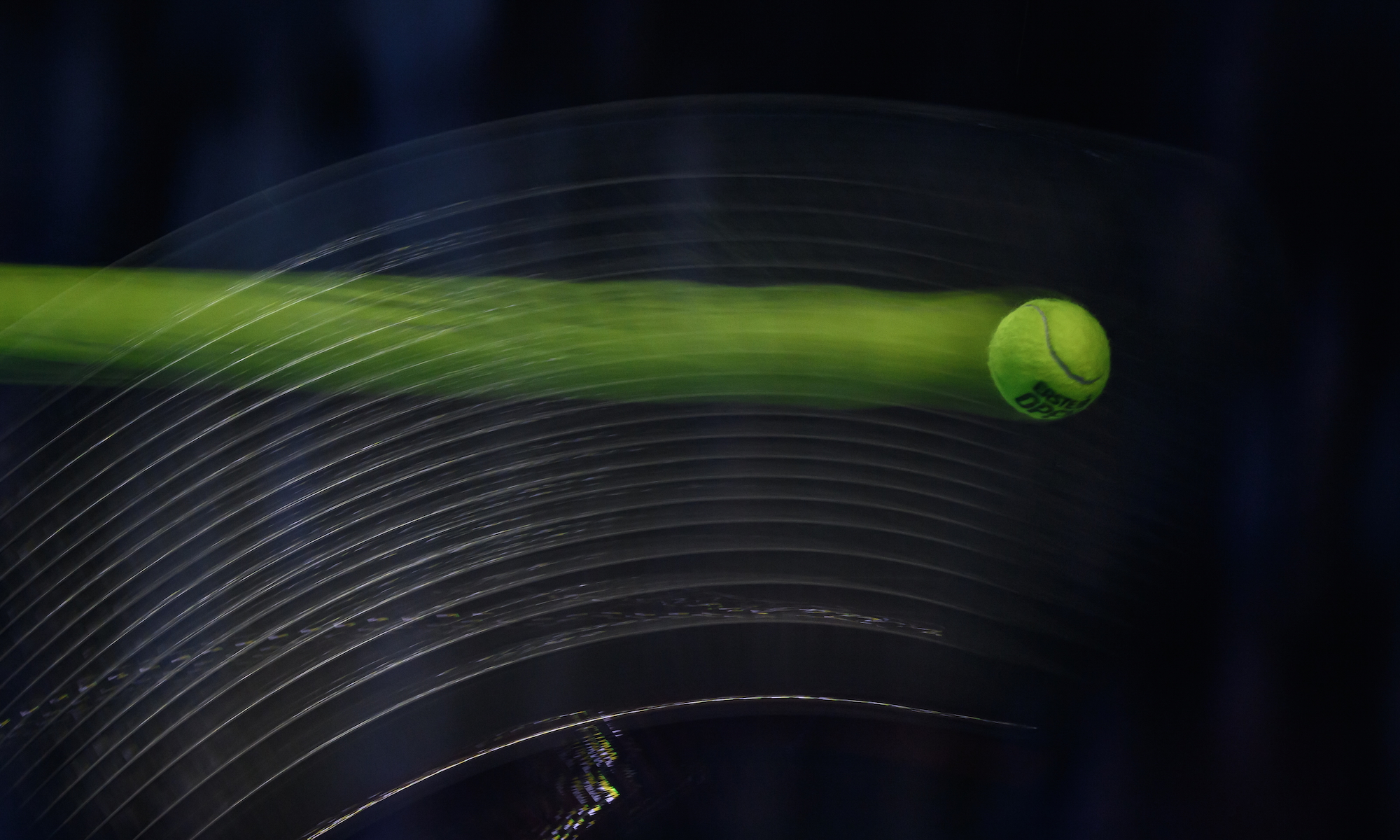
"If you do not have knowledgeable colleagues whom you can pester with technical questions, the best way to learn about a new sport should be through a well-executed broadcast that enables a correlation between time spent watching and things learned. This broadcast would ideally have an enthusiastic primary commentator who seems to like the sport and can explain both narrative context and what is happening;"
"The legwork required to learn from a tennis broadcast, as it exists in the United States, is extraordinary. The main television broadcast during Grand Slams is, at its best, inoffensive; you are often better off with smaller tournaments or the World Feed, where you might catch Mark Petchey or Andrea Petkovic, and learn a thing or two. Occasionally you will get enlightening data on return position (with slightly less enlightening visualization) and serve placement statistics,"
Tennis broadcasts frequently fail to educate new viewers because they lack enthusiastic, explanatory commentators, knowledgeable analysts, and clear statistical context. Ideal broadcasts combine narrative explanation, technical analysis, and accessible statistics to translate viewing time into learning. United States coverage often offers bland Grand Slam feeds that omit deeper insights, while smaller tournaments or international World Feed productions sometimes provide more useful analyst commentary. Broadcasts occasionally display return-position or serve-placement data, but many televised metrics like Performance Rating or Shot Quality appear without adequate explanation, leaving viewers unable to interpret their meaning or scale.
Read at Defector
Unable to calculate read time
Collection
[
|
...
]